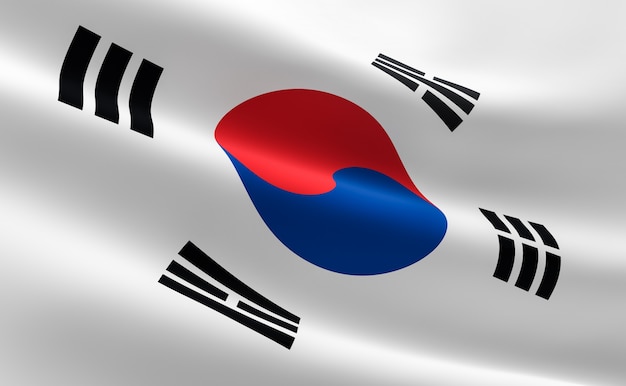 In June the 14th the World Cup of football begins. From this date thousands and thousands of flags are going to be waved at the Russian stadiums (World Cup host) and for the streets and balconies of all the participant countries, flags composed of geometric figures. All these flags are rectangular (it is to say, four sides, right angles…) but inside them there are geometric elements that we are going to analyze then.
In June the 14th the World Cup of football begins. From this date thousands and thousands of flags are going to be waved at the Russian stadiums (World Cup host) and for the streets and balconies of all the participant countries, flags composed of geometric figures. All these flags are rectangular (it is to say, four sides, right angles…) but inside them there are geometric elements that we are going to analyze then.
In the majority of the flags there are interior rectangles delimited by horizontal (like the Spanish flag) or vertical lines (like the French) to separate the different colors. Others, like the Swedish or English flag, have a cross, which consists of two bars that intersect in right angle.
However, there are others that have more particular geometric figures. One of them is Brazil, whose flag has a blue circle -it reflects the position of the stars in the sky of Rio de Janeiro the proclamation of the Brazilian Republic Day in 1889- on a yellow rhombus that represents the House of Habsburg.
 Finally, there are other flags whose symbol is a circle, like the Japanese or Korean flag. In case of the Korean one, this symbol is a ying-yang that means the heat and the light (red part) and the cold and the darkness (blue part). This flag possesses four blacks taeguks, which consist of a number of straight bars that according to each taeguk are three, four, five or six that represent the land, the water, the fire and the sky.
Finally, there are other flags whose symbol is a circle, like the Japanese or Korean flag. In case of the Korean one, this symbol is a ying-yang that means the heat and the light (red part) and the cold and the darkness (blue part). This flag possesses four blacks taeguks, which consist of a number of straight bars that according to each taeguk are three, four, five or six that represent the land, the water, the fire and the sky.
 Finally, there are other flags whose symbol is a circle, like the Japanese or Korean flag. In case of the Korean one, this symbol is a ying-yang that means the heat and the light (red part) and the cold and the darkness (blue part). This flag possesses four blacks taeguks, which consist of a number of straight bars that according to each taeguk are three, four, five or six that represent the land, the water, the fire and the sky.
Finally, there are other flags whose symbol is a circle, like the Japanese or Korean flag. In case of the Korean one, this symbol is a ying-yang that means the heat and the light (red part) and the cold and the darkness (blue part). This flag possesses four blacks taeguks, which consist of a number of straight bars that according to each taeguk are three, four, five or six that represent the land, the water, the fire and the sky.
In the end, with this post we can see how the nations have constructed their flags from geometric figures and forms that symbolize different events or beliefs. Children could investigate to know the symbology of the countries, so they would expand their cultural knowledge about the countries while they are working with different contents of geometry. It could be a transversal and entertaining activity.

No hay comentarios:
Publicar un comentario